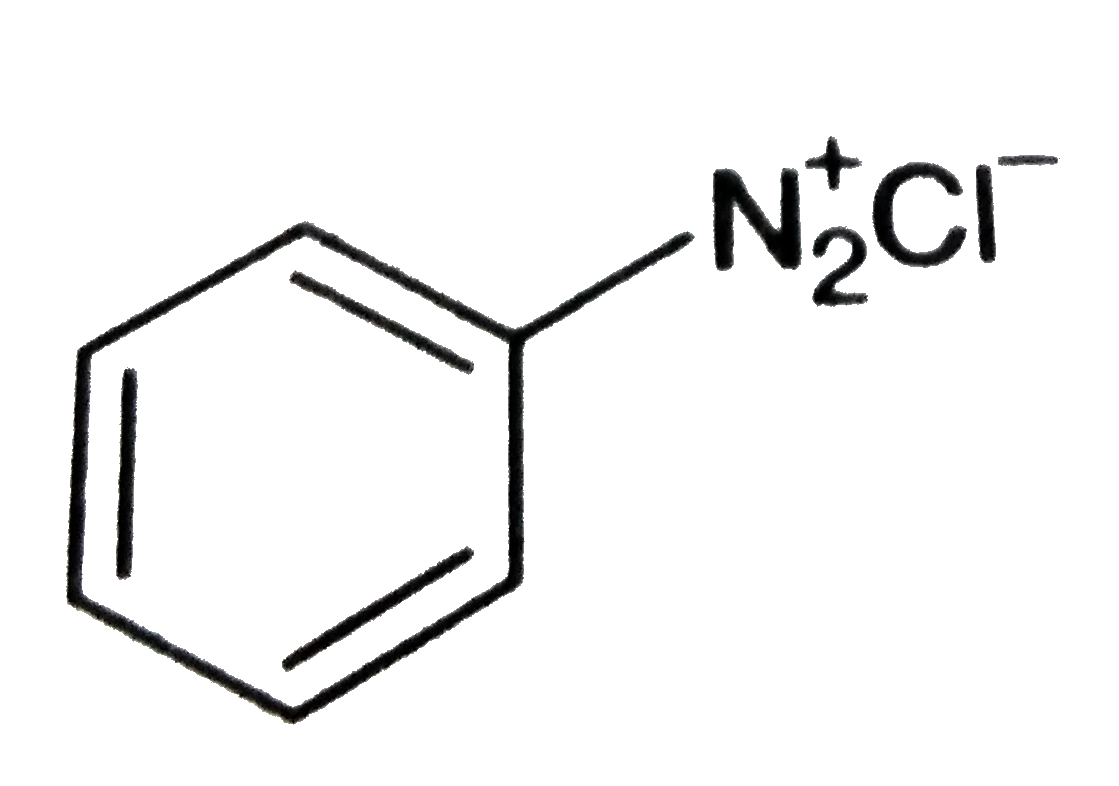
B+NaOH→Dirty green ppt. NH3−−−−→(excess) Insoluble
Find the option where blut ppt is obtained.
When A is treated with K4[Fe(CN)6]
When B is treated with K4[Fe(CN)6]
When A is treated with K3[Fe(CN)6]
When B is treated with K3[Fe(CN)6]
The correct Answer is:A, D
X→Fe2O3,A→FeCI3,B→FeI2,
FeI2+2NaOH→Fe(OH)2⏐↓+2NaI(Dirty green ppt)
Fe3++[Fe(CN)6]4− gives same blue colouration as
Fe2++[Fe(CN)6]6(3−)
Topper's Solved these Questions
- SALT ANALYSISBOOK - GRB PUBLICATIONCHAPTER - SALT ANALYSISEXERCISE - Comprehension 2
1 Videos
- SALT ANALYSISBOOK - GRB PUBLICATIONCHAPTER - SALT ANALYSISEXERCISE - Comprehension 3
1 Videos
- SALT ANALYSISBOOK - GRB PUBLICATIONCHAPTER - SALT ANALYSISEXERCISE - Comprehension 1
1 Videos
- S BLOCK ELEMENTSBOOK - GRB PUBLICATIONCHAPTER - S BLOCK ELEMENTSEXERCISE - SUBJECTIVE TYPE
9 Videos
- THERMODYNAMICSBOOK - GRB PUBLICATIONCHAPTER - THERMODYNAMICSEXERCISE - All Questions
704 Videos
Similar Questions
Knowledge Check

B+NaOH→Dirty green ppt. NH3−−−−→(excess) Insoluble
Which of the following statements is/are correct regarding (B)?AIt is a soluble saltBIt is easily oxidisable by airCIt gets converted into higher oxidation state chloride with SO2 when pH of the medium is 1-2DIt's oxidation state is +3XAgNO3−−−→HNO3Yellow or white ppt.
Which of the following cannot be X ?A B(CH3)2CHClC
B(CH3)2CHClC D
D
NiCl2 solution + NH3 solution → Green ppt. excess−−−−−−−−→NH3 solution Deep blue solution
Finally Ni2+ ion is present in theAcationic part of the solution.Banionic part of the solution.Cboth in the cationic and anionic parts of solution.DNone of these.
Mn+(aq.)+KI→X↓ppt.Excess−−−→KI ppt. remains insoluble in excess KI solution. Then cation Mn+(aq.) can be:
View Solution(A)+NaCl→(B) (white ppt.)
(B)+Ki→(C) (green ppt).
(C)+KI(excess)→(D)+(E) (colourless solution)
(E)+NH3+KOH→(F)
Q. Compounds (A) and (B) are respectively:
View SolutionMn+(aq.)+KI→X↓ppt.Excess−−−→KI ppt. remains insoluble in excess KI solution. Then cation Mn+(aq.) can be:
View SolutionMn+(aq.)+KI→X↓ppt.Excess−−−→KI ppt. remains insoluble in excess KI solution. Then cation Mn+(aq.) can be:
View Solution(A)+NaCl→(B) (white ppt.)
(B)+Ki→(C) (green ppt).
(C)+KI(excess)→(D)+(E) (colourless solution)
(E)+NH3+KOH→(F)
Q. Compounds (A) and (B) are respectively:
View Solution
